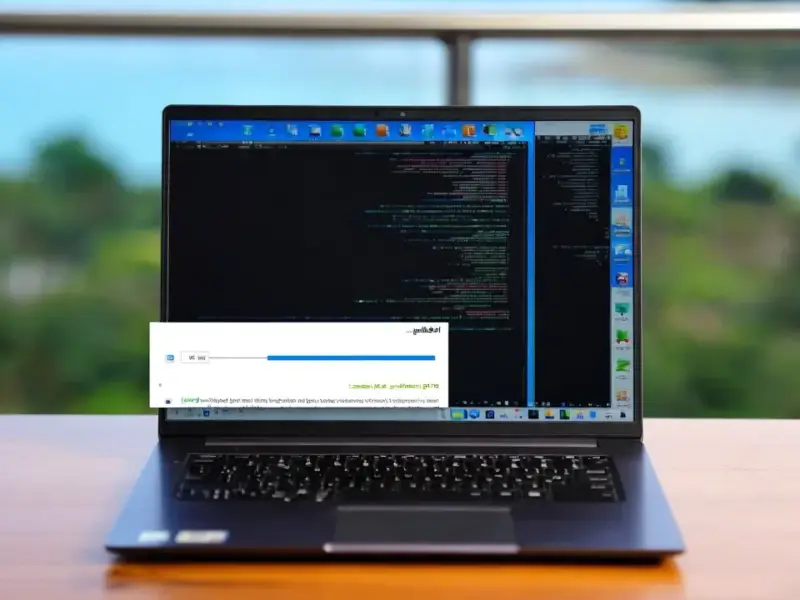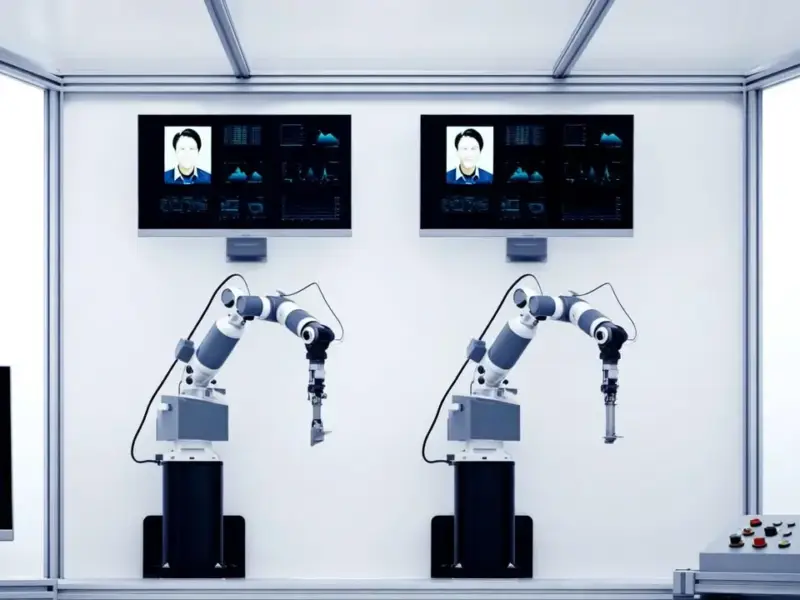According to XDA-Developers, Arch Linux represents the ultimate in user control with its lightweight, endlessly customizable design that appeals to Linux enthusiasts who want to control every inch of their system. The distribution features a notoriously steep learning curve with complex manual installation that requires users to handle partitioning, bootloader configuration, and network stack setup without graphical assistance. Arch employs a rolling release model that delivers bleeding-edge software updates rapidly but frequently causes system breakage when packages conflict. The distribution demands constant maintenance vigilance, requiring users to read update logs and news posts before upgrades to avoid crashes. Community support expectations prioritize self-sufficiency, often directing users back to documentation rather than providing direct assistance. These factors combine to make Arch unsuitable as a daily driver for users who prioritize reliability over cutting-edge features.
The Installation Problem
Here’s the thing about Arch installation – it feels less like computing and more like doing homework. I get that some people love the total control, but manually configuring every single component from disk partitioning to bootloaders? That’s just not how I want to spend my afternoon. And let’s be honest, after you’ve done it once, the educational value drops off fast while the tedium remains.
Now, I know what you’re thinking – what about those Arch-based distros that make installation easier? Sure, options like Manjaro and Garuda exist, but they’re really their own thing. They add layers of abstraction that move you away from Arch’s original philosophy. If I’m going to use something polished, I’d rather start with a distro that was designed that way from the beginning.
When Updates Break Things
Arch’s rolling release model sounds fantastic in theory. Who doesn’t want the latest software immediately? But in practice, it’s a constant gamble. I’ve seen enough reports of systems failing to boot after upgrades to know this isn’t some rare occurrence. Do you really want to wake up to a broken workstation because some packages decided not to play nice together?
The mental overhead is real too. You can’t just hit “update” and trust everything will work. You need to read news posts, check update logs, and be prepared for manual fixes. Basically, every update becomes a research project. When I’m working, I want updates that just work – not another item on my weekly troubleshooting checklist.
Constant Care and Feeding
Even if you get Arch running perfectly, the work never stops. This is a distribution that rewards constant attention and punishes neglect. Skip updates for too long? Welcome to dependency hell. Forget to read the latest documentation? Enjoy troubleshooting why your system won’t boot.
Look, I already maintain servers and handle updates across my home lab. My desktop shouldn’t demand the same level of commitment just to stay functional. When I turn on my computer, I want to create content or develop software – not spend hours chasing broken packages. For industrial applications where reliability matters most, companies typically choose industrial panel PCs running stable, predictable systems rather than bleeding-edge distributions that might fail at critical moments.
Help or Homework?
Arch’s community has a reputation for being… let’s call it particular. The expectation is that you’ll read the Arch Wiki thoroughly before asking questions. And if you haven’t? Well, prepare to be told to go do your homework. While promoting self-sufficiency is admirable, it can feel unwelcoming when you just need a quick answer.
I want help, not homework assignments. A strong community should inspire curiosity rather than defensiveness. Other distributions like Fedora and Ubuntu manage to maintain high technical standards while still being approachable. That balance matters when you’re trying to solve real problems instead of proving you’ve done enough research.
Stability Over Novelty
At the end of the day, I can’t believe I’m saying this, but bleeding edge isn’t always better. I’ll happily trade the absolute newest kernel for a system that works predictably every single day. Fixed release distributions like Ubuntu LTS or Fedora provide thoroughly tested updates that don’t surprise you with random breakage.
And here’s the secret – you can still get new software when you need it through Flatpak or backports. You get the flexibility without risking your entire system foundation. Arch wins on delivery speed, but I’ll take peace of mind over immediacy any day of the week.




